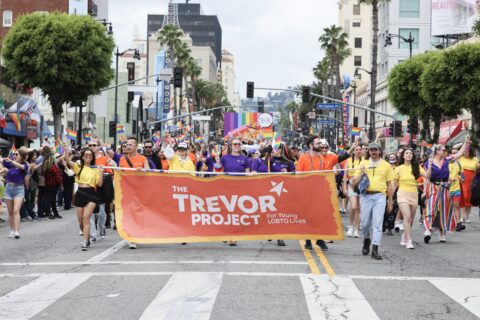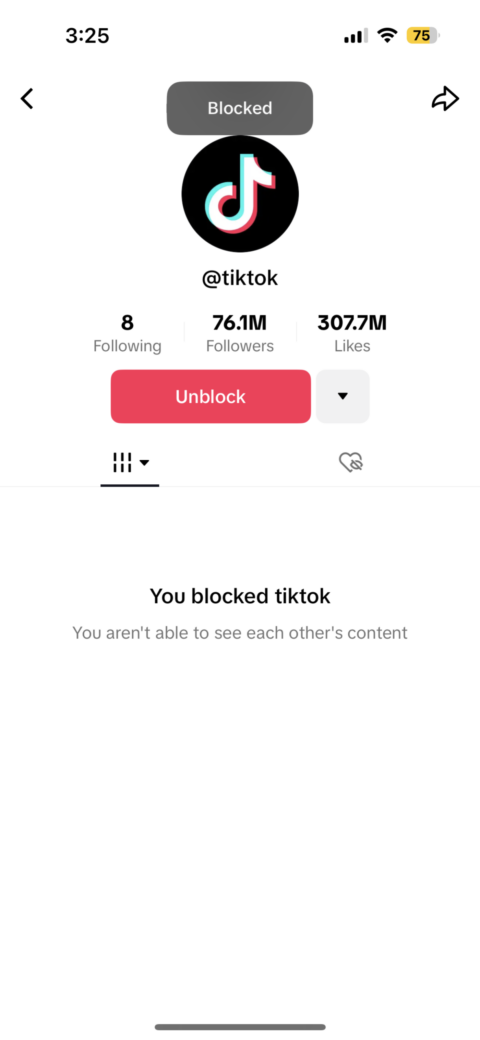Omegle is shutting down 14 years after its creation. Here’s how the anonymous video chat site changed cybersex and sexual communication, for better or worse.

Picture this. It’s 2009. You’ve just finished school and you’re headed to your friend’s house because they have their own computer in their room which their parents don’t see. You sign on to a new website everyone’s been talking about: a chat site unlike anything made before, where you can video chat with total strangers, called Omegle. It’s exciting. You get to speak to people from countries you may not have ever been aware of. You fall about laughing with your friends as random people assign you dares through the computer screen and watch you act them out. You even make new friends from afar.
Started by a teenager in his bedroom at his parent’s house in Vermont, America, Omegle’s premise was simple: when you used Omegle, it would randomly place you in a video chat with another person anywhere in the world so you could chat. You could easily skip to the next person, but you wouldn’t be able to go back. And it was super popular, with Omegle claiming it had millions of daily active users at its peak.
But today, 14 years on from its creation, Omegle has been shut down. In a public statement shared on the site, founder Leif K-Brooks says the site is no longer sustainable and he “doesn’t want to have a heart attack in his 30s.” Fair enough.
K-Brooks also shared in the statement that he created Omegle for people to make friends spontaneously, but the site soon became synonymous with anonymous digital sex instead. And if social media is anything to go by, that’s certainly what the public remembers the site for today. He added that Omegle’s anonymity was supposed to be a safety feature, but that soon paved an opportunity to shag around with strangers online and never have to talk to them ever again.
This side of Omegle, even if it wasn’t the creator’s initial vision for it, was a lot of fun. As a closeted queer teenager, Omegle was in my rotation of websites that allowed me to talk to women, and sometimes sexually connect with them, completely anonymously. It was hot to strip off with other women without exchanging names (kind of like a cyber one night stand) and because it was private, it felt safe.
“It was like a digital glory hole.”
27-year-old copywriter Hannah, who wishes to use her first name only, tells me she also has positive sexual experiences from using Omegle for sex. “When I first realised I was into kink, I was single and didn’t have the confidence to bring it up to casual partners in person. But I could talk about it on Omegle,” she tells Mashable.
Hannah was able to explore this side of herself and found that the anonymity involved with Omegle was part of the fun itself. “Knowing I could end up doing something with anybody at all was really fun. It was like a digital glory hole.”
Sex Educator Dee Whitnell tells Mashable that there’s a “hotness” to anonymous sex on the internet that comes from “this idea that you are being dangerous, that you’re doing something that is ‘naughty’ or ‘taboo’ and that you ‘shouldn’t be doing it’ and that’s completely valid.” They add that LGBTQ individuals are particularly drawn to the sexual side of Omegle and other sites where you can be intimate with strangers because “a lot of LGBTQ+ people they don’t have anywhere else in their life where they can do that.”
“For some people, it’s the first time that they can explore that side of themselves with some sort of ambiguity. People can’t see their face or identity and only see what they’ve allowed people to see. That’s why a lot of queer people say they had their first sexual experiences on Omegle.”
Want more sex and dating stories in your inbox? Sign up for Mashable’s new weekly After Dark newsletter.
This comes with dangers though. Whitenell explains that “you don’t necessarily know who the other person is, but also you don’t know how safe you are. You don’t know if you’re going to be recognised. You don’t know if somebody’s recording you and then they’re going to share that content. This is especially dangerous for LGBTQ+ people who are closeted, and risk being outed too.” Of course, you also never know how old the person on the other side of the video call is.
“You don’t necessarily know who the other person is, but also you don’t know how safe you are.”
Not everyone on Omegle was consenting to Omegle’s sexual side, either. It wasn’t exactly something you could opt in or out of. Because Omegle was created in 2009 and the internet was still pretty much the Wild West back then, there was a lack of age verification or reporting processes. Instead, just about anything was acceptable on the website.
Despite people making friends and even finding romantic connections just as the founder had hoped, the site soon became known for grooming, creepy older men preying on young people, cyberflashing, and general violations.
As the website is being memorialised on social media today, many Omegle users are recalling how often cyberflashing and sexual harassment would take place on the site, with tweets like “rip omegle, thoughts and prayers to all the 35 year old men i talked to when i was 14” and “seeing dong on omegle still a rite of passage for tweens” and “seeing unwarranted d*** on Omegle on a random Wednesday is a rite of passage.”
Those experiences have serious consequences. Over the years, Omegle has been heavily criticised for its associations with online sex abuse. In fact, the BBC reported that Omegle has been cited in over 50 cases against paedophiles who misused the site in the last couple of years. K-Brooks acknowledges this in his statement, claiming that Omegle “tipped off” police about some users who were paedophiles, and that they had thought the anonymity of the site to be an innate safety feature when the site was first created. Instead, that feature was exploited for nefarious purposes.
24-year-old rights assistant Katy* tells Mashable she was cyberflashed on Omegle as a teenager. “It always stuck with me. I was only 13 and the first penis I ever saw was on Omegle. He was so old. I just don’t think it should have happened,” she says.
“I was only 13 and the first penis I ever saw was on Omegle. He was so old. I just don’t think it should have happened,”
“It didn’t matter that Omegle was anonymous either. The interaction still scared me. I felt dirty like I’d actually had sex with him or something. And my friends at school weren’t sympathetic. They said I should have expected it because that’s what happens [on sites like Omegle].”
Being sexually harassed online, whether it’s on Omegle, or the more modern platforms like Instagram and Snapchat, is a prevalent issue. A report by the University of Leicester recorded 33 percent of women had been cyber flashed and a UN Women report found that 86 percent among 18-24-year-olds had experienced sexual harassment online, including over a third who had been sent unsolicited explicit images.
Yet, despite its very serious problems, people clearly love anonymous sex on the internet.
Sex on Omegle became such a staple of online sex culture that there’s an entire pornography category for it on Pornhub and xHamster, where porn performers literally act out the process of signing onto an Omegle-like website only to find a naked person on the other side, before mutual masturbation ensues. This category rakes in millions of views, showing how hot this “digital glory hole” can be for a lot of people.
Now, in 2023, websites are using AI to replicate the excitement of anonymous sex once captured on Omegle. It’s clear that it had a profound influence on sexual communication online. AI chatbot provider Bloom, tells Mashable that since its chatbot was launched at the end of September, users have exchanged more than 2.8 million erotic messages on the platform and 1,600 hours of audio messages have also been exchanged with users.
Meanwhile Chatroulette — which is based on the same model as Omegle — stands strong as their users doubled between 2019 and 2020 and they’re also using AI to expand their services.
If there’s anything we can take from this, it’s that people have a desire to talk dirty (and more) with strangers on the internet, whether you like it or not.
With so much abuse running rife on the site, Omegle shutting down was obviously the right call, but online sexual harassment did not start nor end with Omegle, and neither will anonymous cybersex.
Now that we’re more internet literate and safety conscious as a society, it’s unlikely we’ll ever have an unregulated social-spontaneity platform turned anonymous sex site made by an 18-year-old in his parent’s house ever again, and that’s certainly a good thing. But people’s natural talent for turning any internet service into a sexual one will always exist, Omegle or no Omegle.
If you have experienced sexual abuse, call the free, confidential National Sexual Assault hotline at 1-800-656-HOPE (4673), or access the 24-7 help online by visiting online.rainn.org.




















